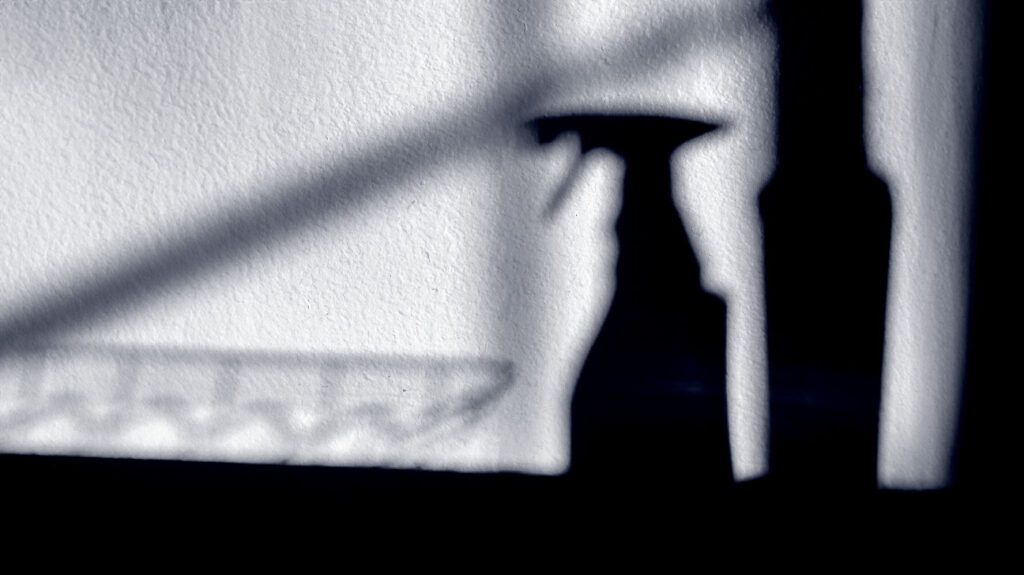Bleach can help disinfect surfaces and personal items. It can also help prevent the spread of HPV. However, it is not a medical treatment for the virus.
Bleach is a valuable tool in preventing the spread of human papillomavirus (HPV). Its effectiveness relies on the right concentration and appropriate contact time.
While bleach can eliminate several sexually transmitted infections (STIs) from surfaces, it is not a medical treatment for HPV.
This article covers how to disinfect personal items and other surfaces with bleach and the differences between bleach and alcohol.

Usually, people contract the human papillomavirus (HPV) through skin-to-skin contact. It can also spread through sexual contact.
Other surfaces, such as clothing, gynecological equipment, and sex toys,
Bleach, a dilute solution of sodium hypochlorite — a chemical compound made up of the elements sodium, oxygen, and chlorine — is an
However, bleach is not appropriate for killing HPV on the skin or inside the body. Bleach and its vapors can cause serious chemical burns on or in the body, and people should never use it on or in their bodies.
How long it takes for bleach to kill HPV depends on various factors, including the bleach’s concentration and the contact time between the bleach and the surface a person is trying to disinfect.
Sources vary on appropriate contact times. However, most bleach or bleach-containing products have contact time guidelines on their labels.
When in doubt, older recommendations from the World Health Organization (WHO) for healthcare settings recommend a contact time between
Keep in mind bleach is not necessarily safe for all surfaces.
For effective disinfecting, bleach must contain a certain percentage of sodium hypochlorite. The Centers for Disease Control and Prevention (CDC) recommends bleach with around
Before using bleach to disinfect surfaces, a person should clean the surface or item with a household cleaner containing soap or detergent. Organic materials can inactivate bleach, so removing bodily fluids, dust, dirt, and other debris is essential before disinfecting the surface.
People should also choose a room with ventilation and protect their skin with rubber gloves. A person may also want to wear protective goggles, a mask, and a waterproof apron, as bleach can cause serious damage to human tissue.
People can create a bleach solution using regular household bleach and cold or room-temperature water. Most bleach bottles include instructions for creating a bleach solution based on the percentage of sodium hypochlorite the bleach contains.
Disinfecting with bleach typically involves spraying or wetting a surface or immersing an item in a bleach solution.
A person should always wash their hands immediately after using cleaning and disinfecting agents.
Bleach solutions are not as effective after 24 hours, so a new mixture is necessary for any disinfecting after that time.
As disinfectants, bleach and alcohol have their strengths and weaknesses.
Bleach is
However, bleach decomposes under heat and light, rendering improperly stored bleach ineffective. Because it can irritate the skin, mucus membranes, and airways, disinfecting with bleach requires protective gear and proper ventilation.
Alcohol, including isopropyl and ethyl alcohol, is also an effective disinfectant against certain viruses, such as influenza.
However, it is not as effective against other viruses, such as HPV. Typically, alcohol works best on small surfaces but can cause surface damage over time.
Learn more with our guide to alcohol and viruses.
Bleach is effective at killing a range of bacteria and viruses on surfaces, including some that may cause STIs.
Again, bleach is not a medical treatment. To prevent STIs, people should consider following safe sex practices.
For STI diagnosis and treatment, people should speak with a healthcare professional.
Learn more with our guide to sexually transmitted infections.
Currently, there is
For many people, HPV is asymptomatic and clears up on its own.
However, some people may develop genital warts or warts on other parts of their body. Treating warts may involve topical medications, cryotherapy — freezing them off — or surgical removal.
Additionally, high risk types of HPV
- cervical
- vaginal
- penile
- vulvar
- anal
- oropharyngeal
Pap smears are critical for detecting precancerous cells on the cervix. Treatment includes biopsy and removal of the cells. Another common approach is the loop electrosurgical excision procedure (LEEP), which involves removing precancerous tissue using a thin wire loop heated by an electrical current.
Treatment for other HPV-related cancers may involve a combination of surgery, radiation therapy, and chemotherapy, depending on the specific type and stage of cancer.
Learn more about symptoms, treatment, and prevention in our guide to human papillomavirus (HPV).
Bleach is useful for preventing human papillomavirus transmission on surfaces and personal items. However, its effectiveness may depend on its concentration and contact time.
It is important to note that while bleach can eliminate various sexually transmitted infections from surfaces, it does not treat HPV within the body and should never be used in or on the body.
